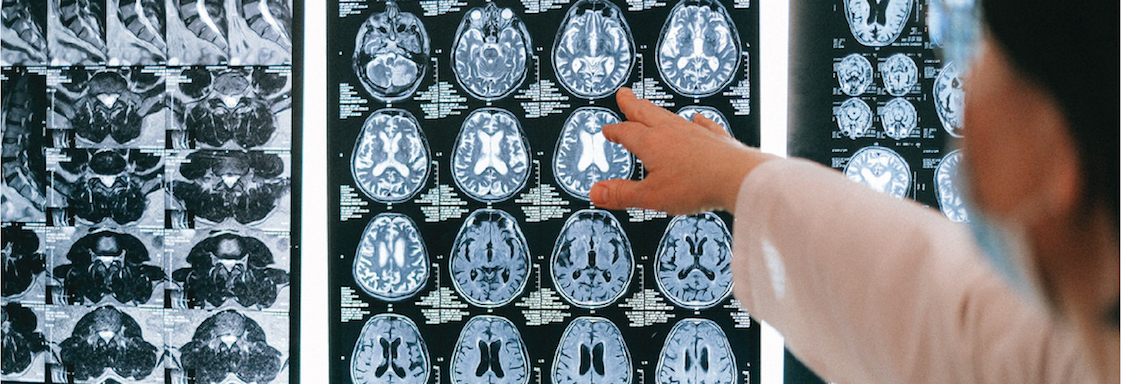Cerebral Palsy is a common diagnosis for a group of conditions among children affecting their motor development. It is a result of brain damage occurring before or during birth. Each child diagnosed with Cerebral Palsy presents with different impairments. Some are able to walk with an assistive device (such as a walker or crutches) or complete their activities of daily living independently using adaptive equipment. Others may use a wheelchair or require the use of an augmentative/alternative communication (AAC) device.
About 1 in 123 children are diagnosed with cerebral palsy. About 75-85% of those diagnosed have “spastic Cerebral Palsy”, meaning some of their major muscle groups tend to be tight (such as the pecs or hamstrings). Over time, this can result in difficulties maintaining posture or attaining different positions. It can affect the muscles in the wrist/hand needed for functional grasping (affecting their ability to groom, dress, or eat) as well as muscles in the mouth/throat (affecting their ability to swallow or speak). Other classifications of Cerebral Palsy include athetoid, ataxic, and mixed. With the help of physical, occupational, and speech therapies, these children can be empowered to achieve their maximum functional potential, promoting their full inclusion in their schools and communities.
For more information, please visit https://www.cdc.gov/ncbddd/cp/features/cerebral-palsy-11-things.html

